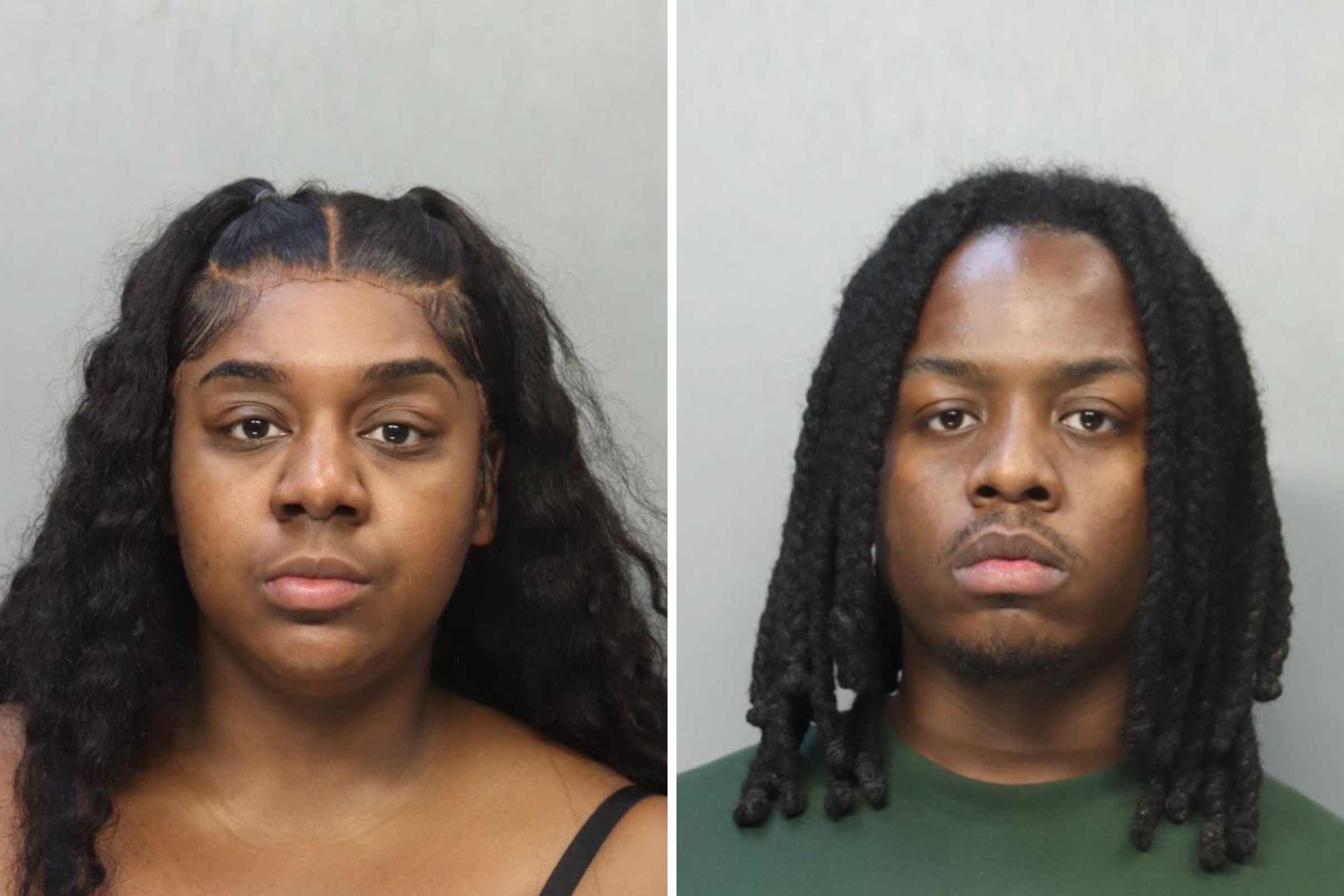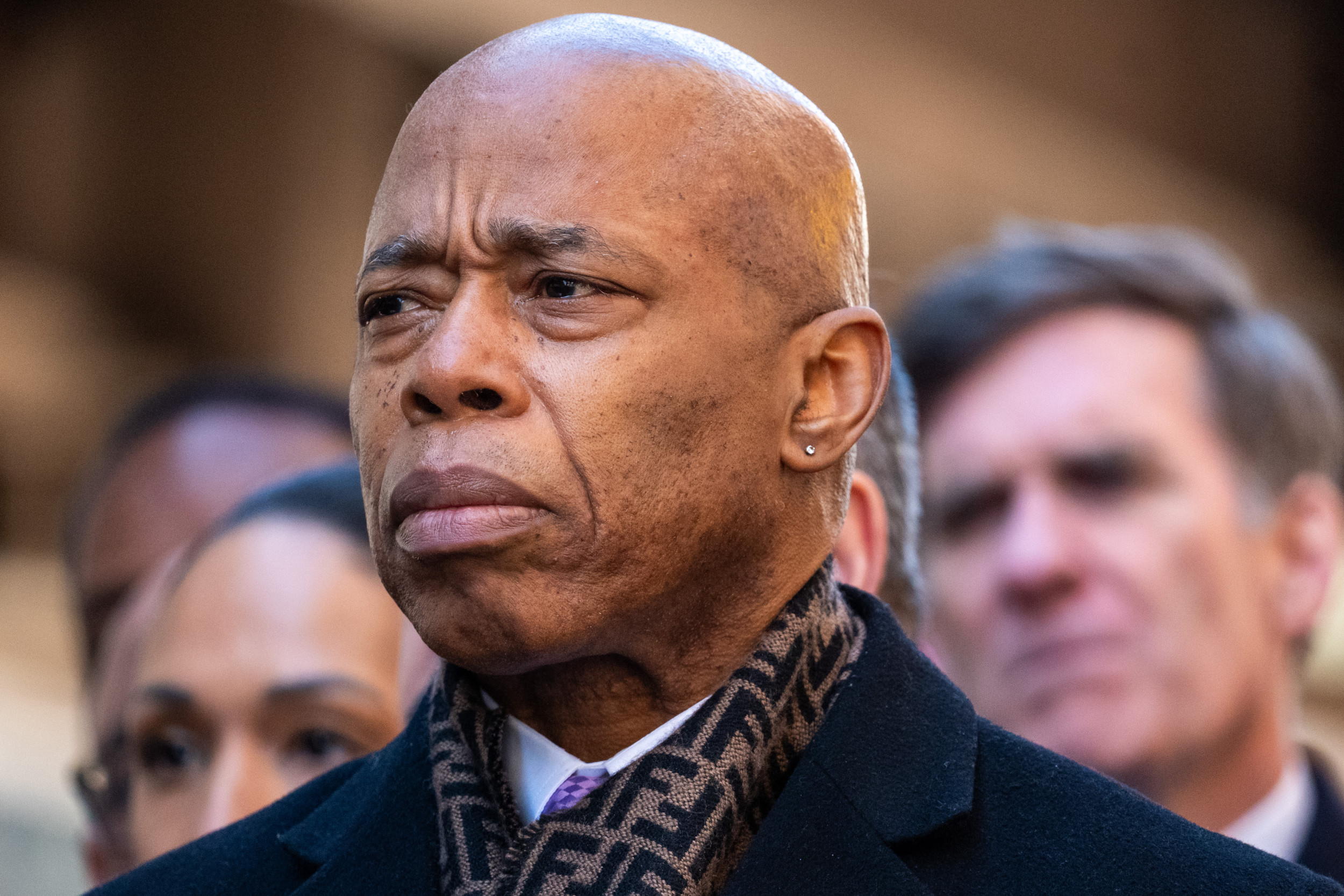In American high schools today, it's taken as a given that extracurricular activities bring students of different races together. What's more, it's on clubs and sports teams that the conditions of Allport's Contact Theory are actually met – students are working together toward a single goal, rather than competing against each other.
Duke University's Dr. James Moody, who studies social networks, has written, "The strongest effect of school organization on racial friendship is through extracurricular mixing. Schools that succeed in mixing students by race in extracurricular activities have lower levels of racial friendship segregation." Other research has shown that extracurricular activities are the #1 place that interracial friendships get started.
In other words, if school districts can widely integrate their sports teams and clubs, then they might see less self-segregation in the hallways and lunchrooms.
It fell to another Duke University scholar, Dr. Charles Clotfelter, to figure out a way to measure how well schools are doing on this front. Just how integrated are American schools' extracurricular activities, on average?
Clotfelter could easily look up the racial composition of every school – those numbers are tracked by the National Center for Education Statistics. But the racial makeup of clubs and sports teams wasn't as easy. How to go about getting a tabulation of who's in the drama club, belongs to the engineering society, and runs the school newspapers?
Then Clotfelter landed on an ingenious solution. In nearby Winston-Salem, North Carolina, was a printing company called Jostens, Inc. Jostens is one of the biggest printers of high school yearbooks. Clotfelter got permission to drive over and haul away a huge random sample of yearbooks from the previous year – 193 yearbooks in all, which represented a fairly good mix of public, private independent, and Catholic highschools throughout the Midwest, Northeast and South.
Then his graduate students found every photograph of every track team, French club and (yes) Yearbook Club that existed in those 193 yearbooks. This was over 4,400 sports teams and another 4,400 more clubs, each with roughly a couple dozen members on average – ultimately equivalent to a poll of over 150,000 students. It was painstaking work to catalog the race of every kid in every photo.
Clotfelter found that extracurricular activities were far from the desegregating force they should be. The average club was 39% less diverse than the school itself, meaning most of the clubs and sports teams were less integrated than the classrooms.
Fully one-third of all clubs and teams are mono-racial. In fact, there seemed to be a curious, tipping-point phenomenon: white students almost never belonged to a team or a club that was less than ¾ white. If a club's racial composition got too diverse, it was hard to find a white face, save for clubs in the most diverse schools. There were also a small proportion of ethnic-identity clubs that whites probably did not feel welcome to join.
We couldn't help but wonder what if school districts were more proactively getting kids involved in these activities – making sure that their participation includes kids from all races, ethnicities and socio-economic backgrounds? To do so, districts and schools would need to actively recruit students into various clubs and activities. They would need to make sure that fees for participation – which usually help cover costs – don't prohibit children from low-income families from joining. Bus schedules, too, would likely also have to be addressed, since they often make it hard for kids from other neighborhoods to participate.
It would take a real effort, but so many good things come from diverse extracurricular activities, shouldn't these be fostered?
Uncommon Knowledge
Newsweek is committed to challenging conventional wisdom and finding connections in the search for common ground.
Newsweek is committed to challenging conventional wisdom and finding connections in the search for common ground.





